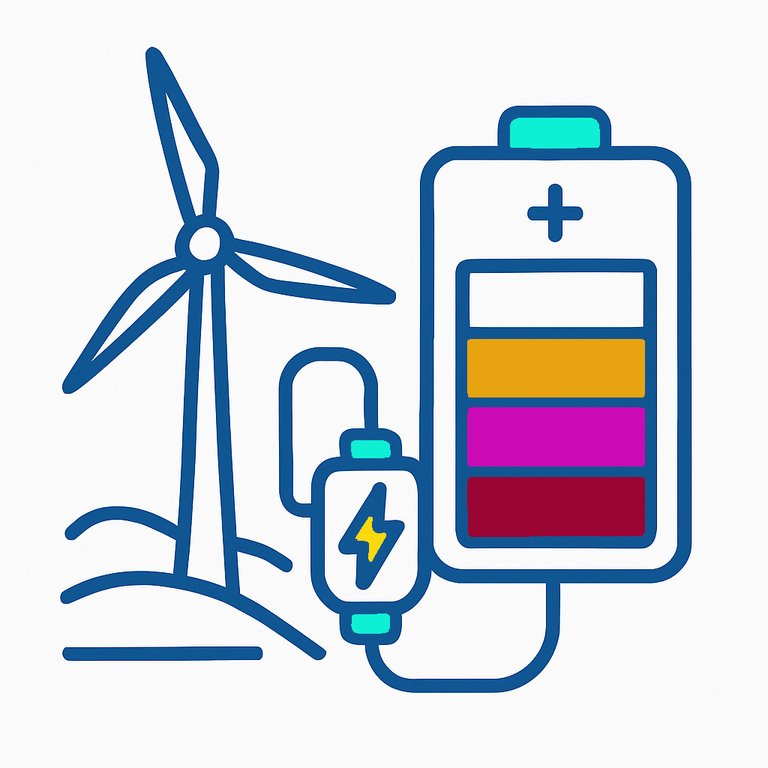In collaboration with GIGA Storage, a leading operator of grid-connected batteries in the Netherlands, the University of Glasgow (UK) and Princeton University (US), the researchers developed a method to determine how much battery capacity energy communities should rent, and at what price, so that both the community and the battery operator gain financially. Their approach was tested using real-world data from a community of 200 homes equipped with a wind turbine. They showed that considerable savings are possible, even after subtracting the battery rental costs.
Storing excess power
The research comes at a time when rooftop solar panels and small wind turbines are increasingly common in residential areas, but many households struggle to store excess power for later use. Meanwhile, commercial battery operators are looking for stable revenue streams in volatile energy markets. This study proposes a solution that benefits both sides.
The core idea is simple: a battery operator rents out a portion of its large grid-connected battery to an energy community. That battery stores energy when prices are low and releases it when demand (and prices) rise. The researchers developed a mathematical model to find the “sweet spot”: how much capacity to rent out and when to charge or discharge, depending on market prices, tariffs, and community energy demand.
Reducing battery degradation
Importantly, the team also tackled a practical challenge: how to control a grid-connected battery without wearing it out. Professor Valentin Robu, leading investigator of the project, explains: ““Our work explores a number of techniques for modifying linear optimization algorithms. The goal is to increase long-term financial gains from using the battery capacity, while reducing the number of charge/discharge cycles, which can lead to a reduction of the battery’s remaining useful lifetime.”
The method was tested using both battery data from GIGA Storage and energy demand and wind generation data from the UK and the Netherlands. The approach is designed to be applicable in different countries, market settings and community models. It is a step forward in allowing energy communities to use more of their own locally generated renewable energy, increasing the financial viability of community energy projects, and reducing dependence on big utility companies.

